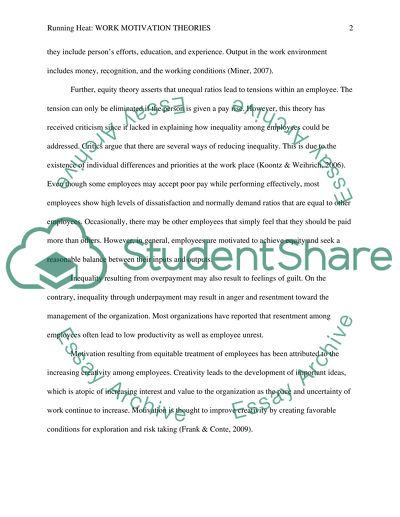Cite this document
(“Work Motivation Theories Research Paper Example | Topics and Well Written Essays - 2500 words”, n.d.)
Retrieved from https://studentshare.org/psychology/1451145-work-motivation-is-described-as-the-driving-force
Retrieved from https://studentshare.org/psychology/1451145-work-motivation-is-described-as-the-driving-force
(Work Motivation Theories Research Paper Example | Topics and Well Written Essays - 2500 Words)
https://studentshare.org/psychology/1451145-work-motivation-is-described-as-the-driving-force.
https://studentshare.org/psychology/1451145-work-motivation-is-described-as-the-driving-force.
“Work Motivation Theories Research Paper Example | Topics and Well Written Essays - 2500 Words”, n.d. https://studentshare.org/psychology/1451145-work-motivation-is-described-as-the-driving-force.


